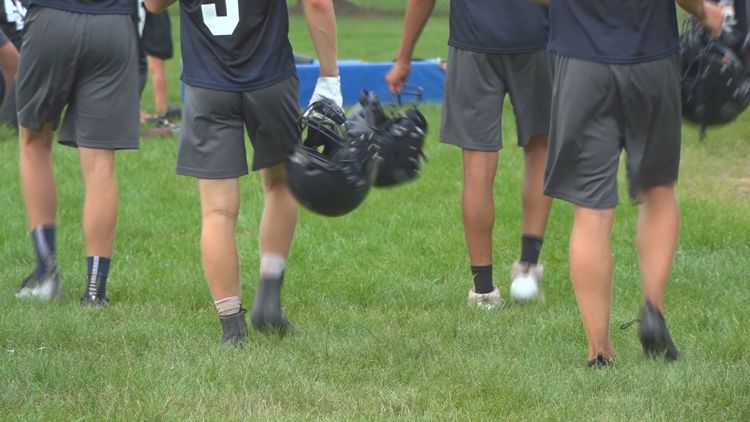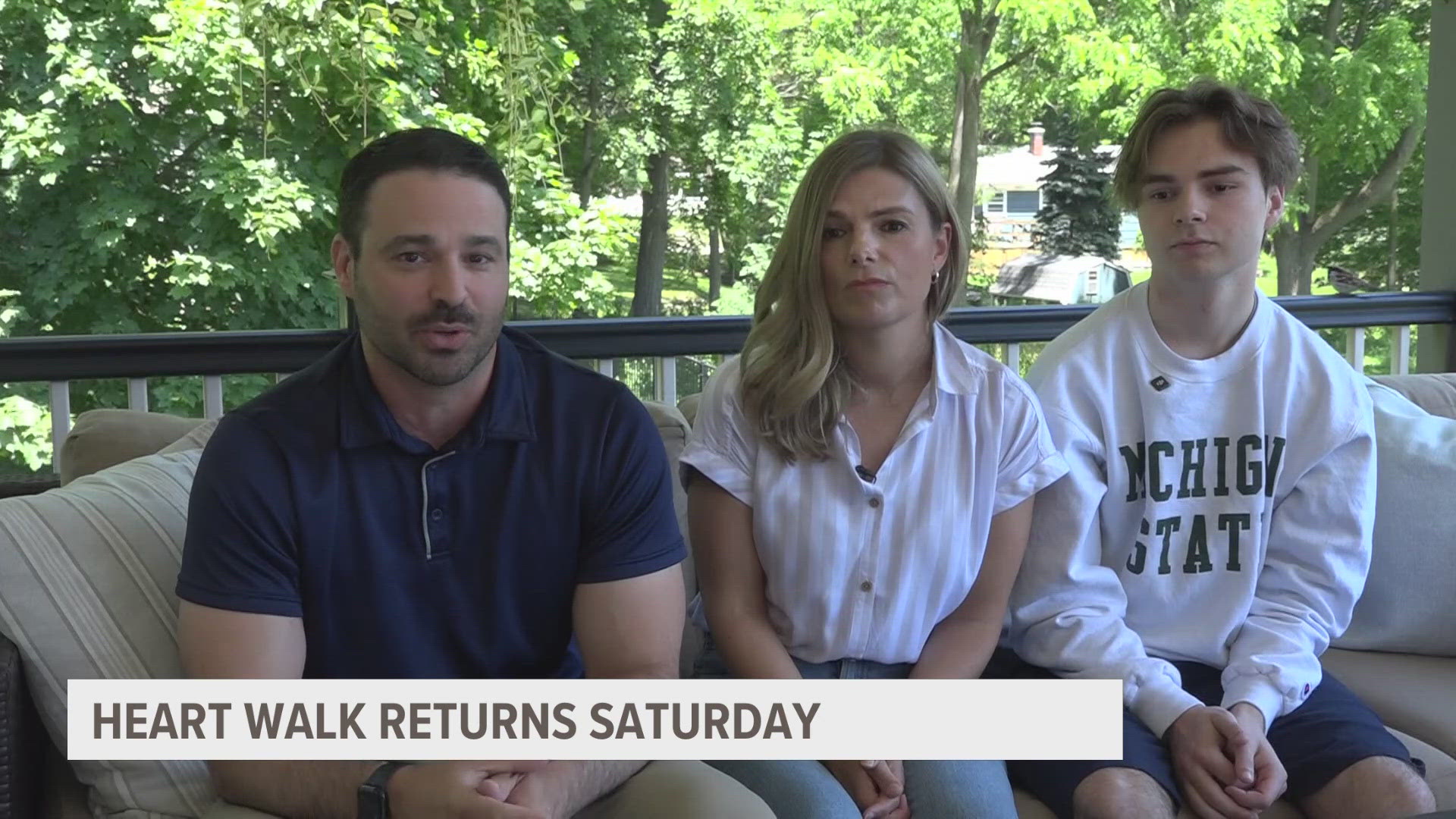GRAND RAPIDS, Mich. — Fall sports are back in season for our children. With the game, however, comes the possibility of concussions.
Anthony Propson, a sports neurologist with University of Michigan Health-West, explained understanding and education of concussions has varied over the years.
"We look back to even the late 1990s, head injury was oftentimes overlooked," he said. "We went from a point where we were sending people back to sport too quickly, to where we were probably keeping them out too long. We are now getting people back into sport and back into physical activity in a fairly short period of time after their injury, but we have to do in a safe fashion, such that we're not subjecting them to a second injury."
Propson said over time, understanding of the injuries is getting better. Now, he says the greatest risk is typically with the second impact, which usually occurs in the first 72 hours after the first.
However, Propson also said the "overwhelming majority" of people do not need a CT scan or MRI after a head injury. However, if you or your child start to feel changes in their health, it is time to head to the emergency room.
"The biggest thing is, after somebody takes a hit or an injury, if there's any possible concern, or if the athlete says they just feel a little bit off, I just don't feel right," said Propson. "The most important point is just getting them out of gameplay so that they can be evaluated, because some of these symptoms may develop over the course of minutes to hours."
Symptoms warranting a trip to the emergency room or a call to 911 include:
- Looking drowsy or can't be woken up
- Headaches that increase in severity
- Seizures
- Slurred speech
- Confusion
- Vomiting
- Weakness or numbness
- Passing out
- Other unusual behavior
"We think of this as a biomechanical injury which leads to metabolic changes of the brain. And due to those metabolic changes, we have symptoms," said Propson. "By definition, we consider it a traumatic brain injury, or a mild traumatic brain injury at that sense."
How do you prevent these injuries? Gameplay may not be changing, but Propson says education can. He said that education is among players, coaches, athletic directors and parents.
"I think the greatest risk of overlooking these injuries tends to fall in more of the rural communities," said Propson. "If they see that an athlete took a hit, and they see that somebody is stumbling, it's imperative that a coach or a parent make note or or get the attention of an official to stop gameplay and allow that athlete to be removed as a means to try to protect that athlete in their long term health."
Propson said there is still research being done on effectiveness of assist devices, such as helmets or pads, to prevent brain injury.
Also, previous advice to avoid sleep after a concussion needs revisiting. He said he advises a patient to stay awake the first four hours after a head injury to avoid a potential brain bleed risk.
"But the evidence does support that allowing them to sleep is actually important in the recovery process," said Propson. "We don't want to disrupt sleep too often, especially in the early stages."
You can learn more about concussions for athletes from the University of Michigan Health-West here.



